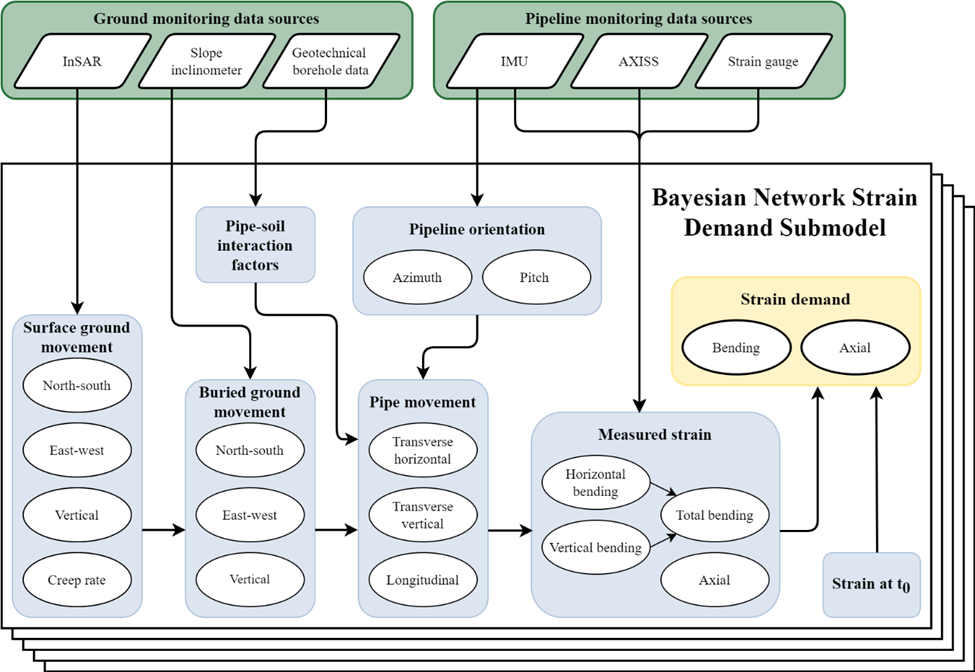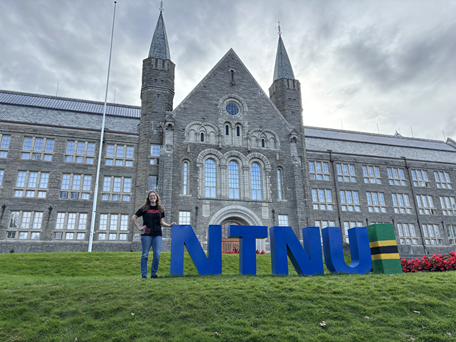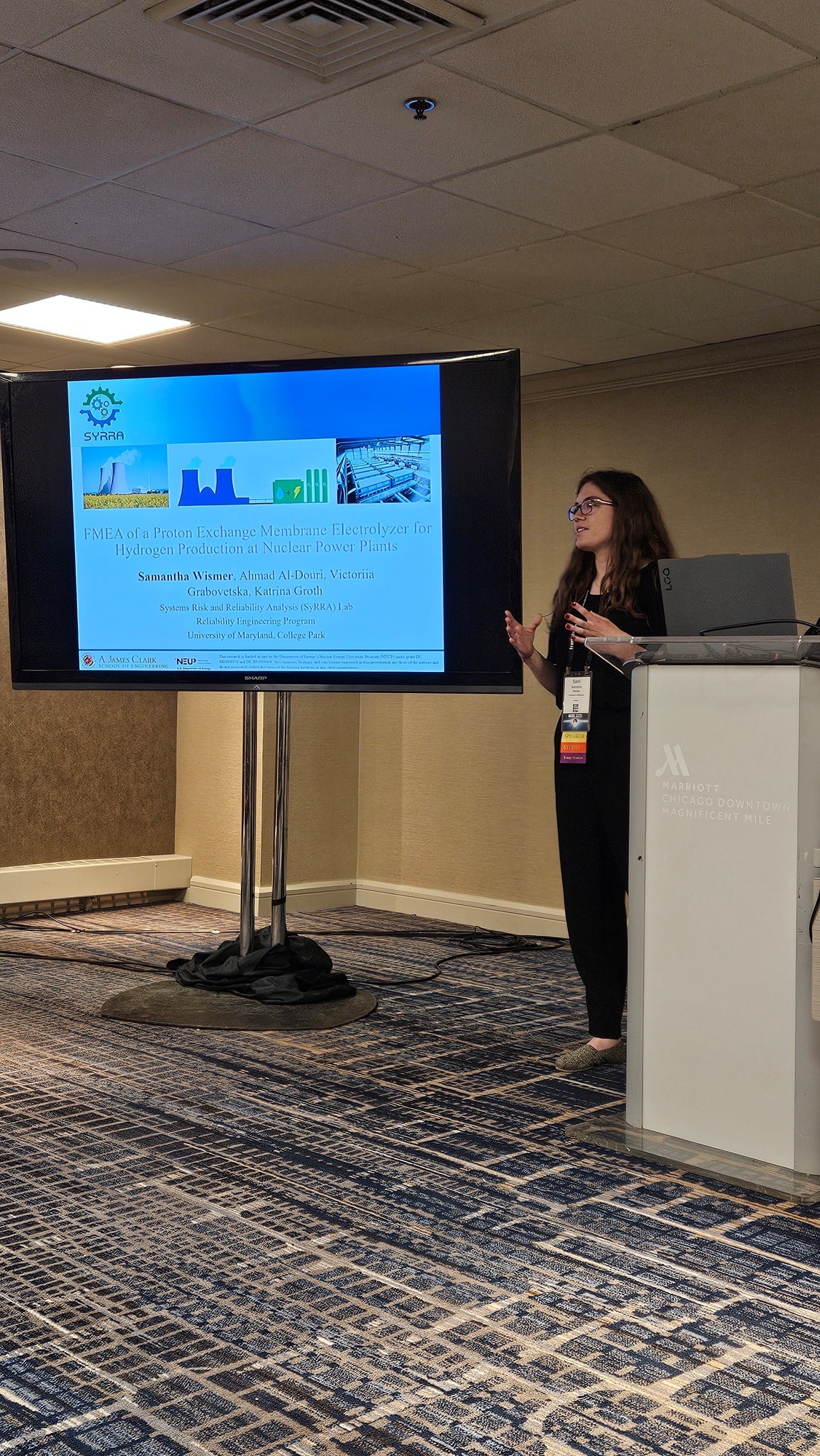News Story
New Model Developed to Assess Pipeline Integrity in the Face of Ground Movement

Pipeline integrity is a critical concern for companies operating in the oil and gas industry. Long distance pipelines traverse a variety of terrain exposing them to ground movement hazards, such as landslides and subsidence. These ground movement hazards pose a significant risk to the structural integrity of buried pipelines.
A new pipeline model is being built by one of our PhD reliability engineering students, Colin Schell. The model is called “A Casual Information Fusion Model for Assessing Pipeline Integrity in the Presence of Ground Movement.
The inspiration behind the development of this model stemmed from the limitations of existing methods in managing pipeline integrity amidst ground movement. Traditionally, pipeline companies have used models that only accept data from a single pipeline monitoring tool. Colin stated “This research proposes to develop a causal framework and information fusion model for comprehensively assessing pipeline integrity in a variety of ground movement scenarios.”
As such the model’s strength lies in its ability to incorporate data from various sources through a Bayesian network. By acknowledging the limitations of each dataset and injecting the appropriate uncertainty into the assessment, the model ensures a more robust analysis.
"This research proposes to develop a causal framework and information fusion model for comprehensively assessing pipeline integrity in a variety of ground movement scenarios." — Colin Schell
The model operates by assessing the strain induced on the pipeline by ground movement hazards, known as strain demand, and comparing it against the pipeline's strain capacity. If the strain demand surpasses the strain capacity, the risk of failure increases. To predict strain demand, factors such as local soil properties, ground movement hazards, and pipeline parameters are considered.
One key challenge from the development process was that the model incorporates models and research from many different disciplines. It has been difficult to learn enough about each of these disciplines to utilize their respective models and research without making poor modeling assumptions. Thus, a robust causal framework was created prior to model development in order to guide the buildout of the information fusion model.
The potential benefits of this model are vast. Due to its information fusion capabilities, this model can be used in a variety of ground movement scenarios and requires less computational resources than many other methods enabling a quick and more cost-effective response to ground movement hazards.
To validate the accuracy and reliability of the model's predictions, the researcher has collaborated with several pipeline companies, leveraging data from past ground movement scenarios. These real-world case studies serve as a benchmark to compare model-based recommendations with actual decisions made by pipeline operators.
Looking ahead, the causal information fusion model holds promise for the future of pipeline integrity management. The proposed model will enable pipeline companies to identify at-risk pipeline segments that require site specific integrity assessments and efficiently manage the reliability of their pipelines in the presence of ground movement.
Published May 15, 2024









